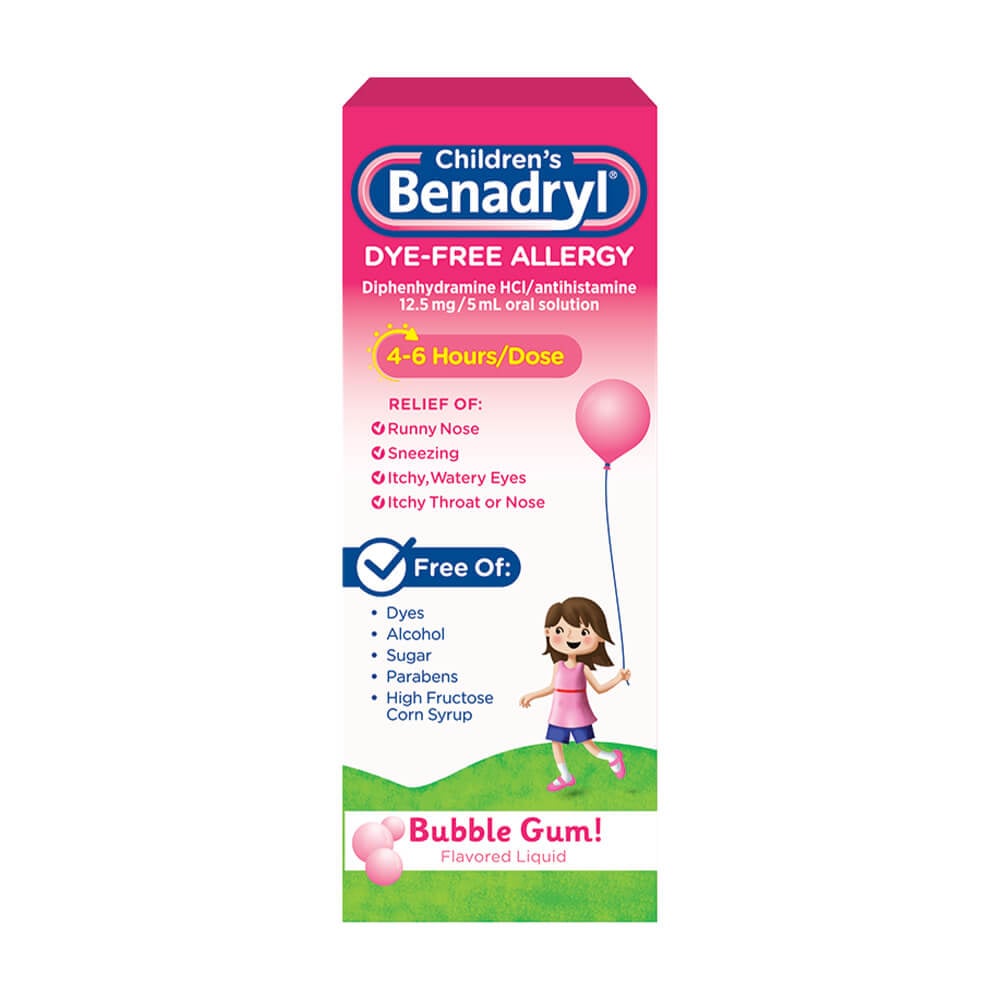
Benadryl Dosing for Kids: A Comprehensive Guide to Safe Usage
Children often find themselves in situations where allergies or allergic reactions come knocking. Whether it’s a bug bite, a bee sting, or a seasonal allergy flare-up, parents and caregivers often turn to over-the-counter medications like Benadryl to provide relief. However, determining the appropriate dosage for children can be a complex and confusing task. This article aims to provide a comprehensive guide to safely and effectively dose Benadryl for kids, ensuring their well-being and comfort.
Let’s take a look at Benadryl Dosing Chart
Understanding Benadryl
Benadryl is the brand name for diphenhydramine, an antihistamine that helps alleviate symptoms of allergies, hay fever, and colds. It works by blocking histamine, a substance produced by the body during an allergic reaction. While Benadryl can offer relief, it’s important to administer the correct dosage to avoid potential side effects or complications.
Factors Influencing Dosage
Determining the appropriate Benadryl dosage for a child involves considering several key factors:
Age: Children of different ages metabolize medications differently. Dosages for infants, toddlers, and older children will vary.
Weight: A child’s weight plays a crucial role in determining the correct dosage. A higher weight often requires a higher dose to achieve the desired effect.
Symptom Severity: The severity of the symptoms and the intended purpose of the medication can impact the recommended dosage.
Medical History: Children with underlying medical conditions or those taking other medications may require adjusted dosages. Consulting a healthcare professional is essential in such cases.
Dosage Guidelines
It’s important to follow dosing guidelines closely to ensure your child’s safety. Generally, the recommended dosage for Benadryl in children is as follows:
Children 2-6 years old: 5-15 mg every 4-6 hours as needed. Do not exceed 30 mg in 24 hours.
Children 6-12 years old: 12.5-25 mg every 4-6 hours as needed. Do not exceed 150 mg in 24 hours.
These dosages can be found in various forms, including liquid, chewable tablets, and dissolvable strips. Always use the measuring device that comes with the medication to ensure accurate dosing.
Tips for Safe Administration
Consult a Healthcare Professional: Before giving your child any medication, especially if they have underlying health conditions or are taking other medications, consult a pediatrician or healthcare provider.
Read Labels Carefully: Carefully read the packaging for the correct dosage instructions. Never guess the dosage based on adult guidelines.
Use Age and Weight as a Guide: Follow the dosing recommendations based on your child’s age and weight. If in doubt, consult a healthcare provider.
Administer as Needed: Only use Benadryl when necessary to relieve specific allergy symptoms. Do not give it to your child as a regular or preventive measure without consulting a healthcare provider.
Monitor for Side Effects: Watch for any adverse reactions, such as excessive drowsiness, hyperactivity, or unusual behavior. If your child experiences any severe or unusual side effects, seek medical attention immediately.
Conclusion
Benadryl can be a valuable tool in providing relief for children dealing with allergies and allergic reactions. However, responsible and informed dosing is paramount to ensure their safety and well-being. By understanding the factors that influence dosing, following guidelines closely, and seeking guidance from healthcare professionals when necessary, parents and caregivers can confidently navigate the world of Benadryl dosing for kids, ensuring effective relief without compromising their child’s health.


